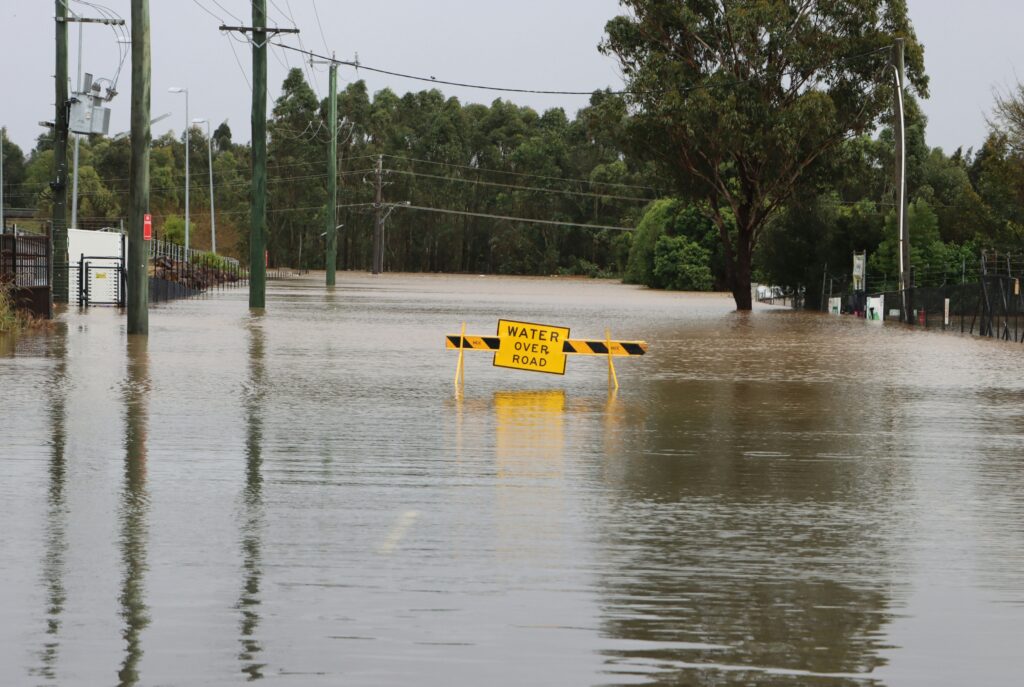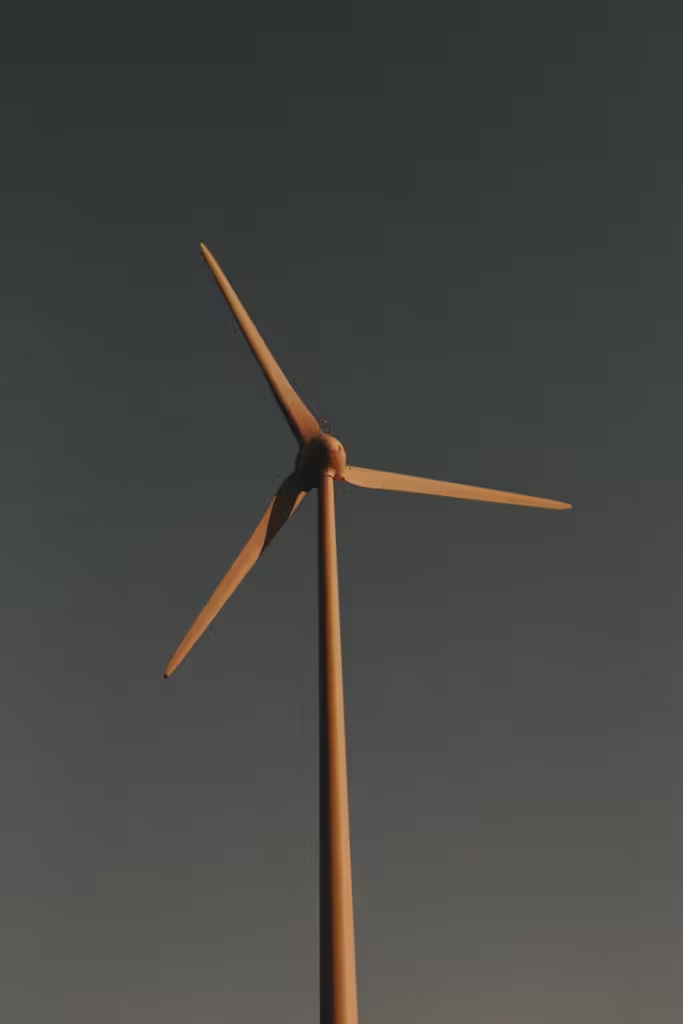Another reality check last week that didn’t check out, or in, was the reliability of alternative energy. It is one thing to say that Texas windmills were not ready for a freak snowstorm that the alarmists predicted without telling anyone. But what about places like Germany where winter is an annual thing? How, indeed, did these highly touted alternative energy sources perform in the storm and more generally? The answer is very badly and it’s not just the weather. The one thing they reliably deliver is high prices that, of all things, exacerbate inequality by hitting the poor hardest. Although with spot prices spiking in Texas, the cost of recharging one of those trendy elitist Tesla toys hit a mind-boggling $900. Apparently the power for zero-emission vehicles has to come from somewhere. Unless it doesn’t.
One place it comes from is citizens’ wallets. In Germany, subsidies for the energy of the future cost ratepayers some 30.9 billion Euros last year, and their power bills are the most costly in Europe, on average three times as expensive as Americans’. And before saying well, the Germans are notorious for their technological incompetence, let’s take a look at the engineering fundamentals.
Starting with the curiosity, one of many in the climate debate, that if you challenge orthodoxy you’re frequently reproached for not being a climate scientist by someone who isn’t one either. When pressed, such people will insist that while they don’t know enough to have an opinion you should adopt theirs because they are following “the science” or listening to “the scientists” without by their own admission knowing enough to tell what the science says or which scientists to listen to. But what about the engineers?
The most vocal enthusiasts for alternative energy, other than those pocketing the subsidies, are overwhelmingly not engineers. So if you’re an advocate of credentialism who scorns the informed lay person they should not have an opinion. And if you believe in the informed lay person, they should base their opinions on a better understanding of certain fundamental realities.
The first is empirical. Alternative energy has been a huge disappointment until now, whatever claims are made that it’s finally becoming competitive. Germany was in big, long-term energy trouble before the storm hit including importing fossil fuel energy which rather defeats the purpose. (Like the British plan to become “the Saudi Arabia” of wind by importing coal to manufacture the massive amounts of steel needed for turbines that won’t deliver especially when most needed.) In fact the whole European grid is wobbling toward disaster. And in the United States, unsubsidized natural gas was gaining on subsidized wind and solar. You’d think the Biden administration rushing diesel generators to Texas would penetrate the fog at least somewhat.
The second is pragmatic. As Willis Eschenbach recently noted with h/t to Friends of Science, “People generally have little idea just how much energy we get from fossil fuels.” Specifically, total world energy use is around 160 petawatt-hours/year and is expected to rise to just over 240 PWhr/yr by 2050. And of that, on current trends, over 193 of those PWhr/yr thingies will be fossil fuels. Which leads to this math from Eschenbach:
“So if we are going to zero emissions by 2050, we will need to replace about 193 petawatt-hours (1015 watt-hours) of fossil fuel energy per year. Since there are 8,766 hours in a year, we need to build and install about 193 PWhrs/year divided by 8766 hrs/year ≈ 22 terawatts (TW, or 1012 watts) of energy generating capacity. Starting from today, January 25, 2021, there are 10,568 days until January 1, 2050. So we need to install, test, commission, and add to the grid about 22 TW / 10568 days ≈ 2.1 gigawatts/day (GW/day, or 109 watts/day) of generating capacity each and every day from now until 2050…. We can do that in a couple of ways. We could go all nuclear. In that case, we’d need to build, commission, and bring on-line a brand-new 2.1 GW nuclear power plant every single day from now until 2050…. Don’t like nukes? Well, we could use wind power…. Typical wind “capacity factor”, the percentage of actual energy generated compared to the nameplate capacity, is about 35%. So we’d have to build, install, commission and bring online just under 3,000 medium-sized (2 megawatt, MW = 106 watts) wind turbines every single day from now until 2050…. we could use solar…. actual delivery from grid-scale solar panel installations on a 24/7/365 basis is on the order of 8.3 watts per square metre depending on location. So we’d have to cover ≈ 100 square miles (250 square kilometres) with solar panels, wire them up, test them, and connect them to the grid every single day from now until 2050.”
If these numbers depress you, consider also that “we’d still need somewhere between 50% – 90% of the total generating capacity in nuclear, for the all-too-frequent times when the sun isn’t shining and the wind isn’t blowing.” And if these numbers don’t depress you, you either didn’t understand them or were already not an enthusiast for alternative energy. Or included nuclear in that term. Or don’t mind a catastrophic fall in living standards and life expectancy as we switch off the grid. No wonder African countries are opting for old-tyme, reliable power. As is India.
The third is the fundamental physics of wind and solar. The amount of energy they can capture; the conversion rates; the physical size of the installations you’d need; the lifespan of the units. Of course incremental improvements in engineering are not just possible, they are inevitable in the modern world. But the kind of breakthrough that would make a solar farm output energy like a nuclear reactor or a gas turbine plant is not going to happen, because we can work ingeniously with the laws of nature but we cannot change them.



The quote made me think of the science fiction short story by i think isaac Asimov called The Cold Equations. It's about a space traveling father and his loving stowaway daughter, where he has to dump her into the cold vacuum of space for a much higher cause. In the case of alternate power sources, these are the loving daughter and the father symbolizes all the true believers that only wind and solar is the only way forward. It is a truly cold equation!
The quote made me think of the science fiction short story by i think isaac Asimov called The Cold Equations. It's about a space traveling father and his loving stowaway daughter, where he has to dump her into the cold vacuum of space for a much higher cause. In the case of alternate power sources, these are the loving daughter and the father symbolizes all the true believers that only wind and solar is the only way forward. It is a truly cold equation!
Wind and solar are the energies of the future, and always will be.
Where is all of the rare-earth minerals required for solar and wind generation going to come from? The land are left over once 30 million turbines are erected, or 2.5 million square km of land is covered by solar panels , will be pock-marked with open-pit mines and tailings ponds used in the process of mining and purifying the materials for wind and solar. And this will have to be done two or three times over by 2050, since the lifespan of these gadgets is only about 20 years (if you are lucky). I hope we can find a new planet to relocate to by the time the wind and solar fanatics are finished.
"And if these numbers don’t depress you, you either didn’t understand them or were already not an enthusiast for alternative energy."
The climate alarmist folks are not dealing with numbers. The typical TV-watching climate-change adherent doesn't understand math and facts and science. They just think they do. To them, "following the science" means following people that aren't climate scientists: Suzuki, Gore, Kerry and many others. They never read about NASA's prediction a few years ago that we're entering a solar minimum and can expect significant cooling over the next few years.
The average person, I find, has no idea what amperage and wattage are. They think volts are all there is to it, and that if we all buy electric cars and plug them into 220VAC outlets, all will be well. Most people have to learn everything the hard way.
Quite so, Danno...